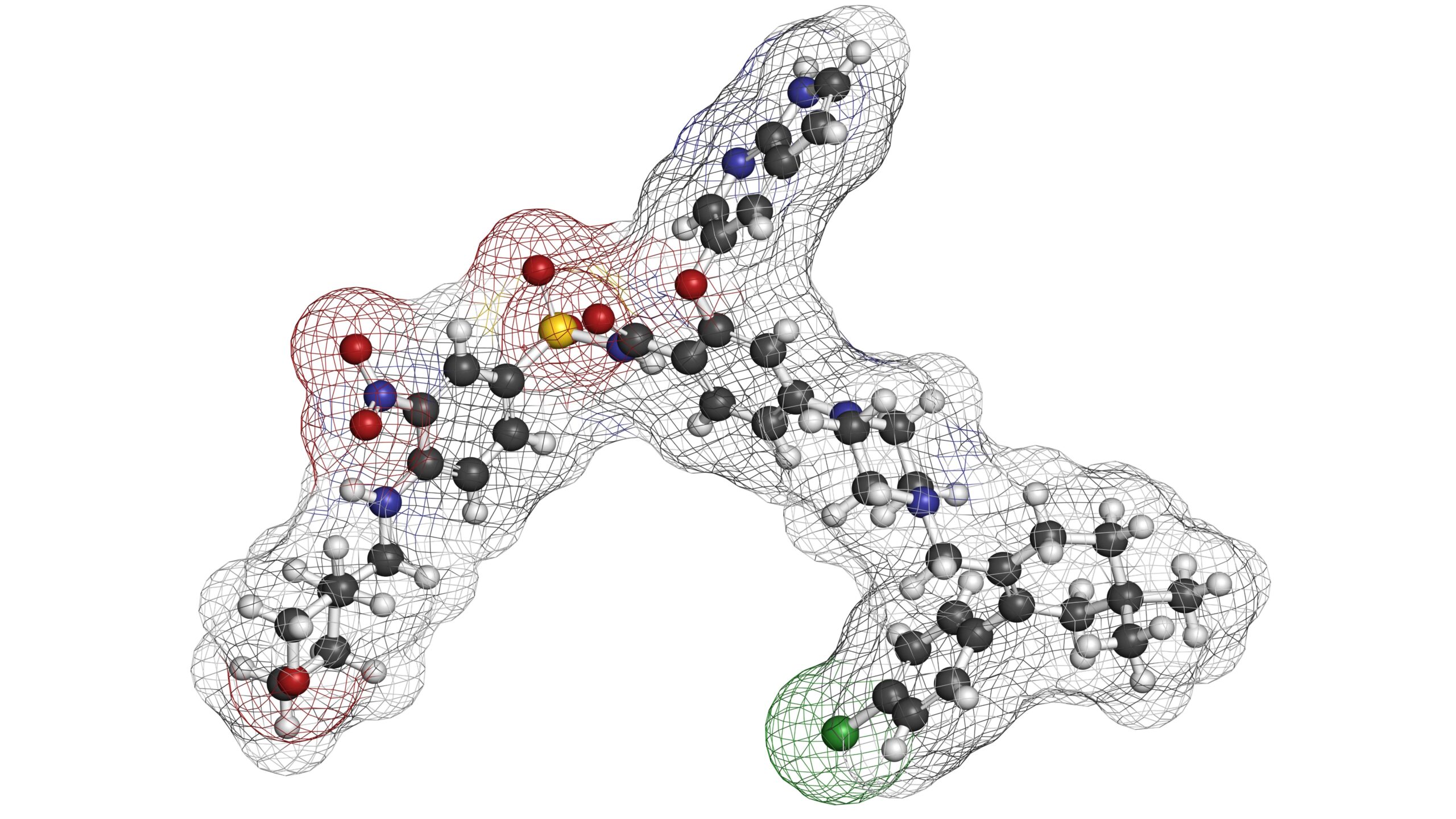
A new study suggests achieving complete remission (CR) with minimal residual disease (MRD) negativity should be the “key objective” of both high- and low-intensity treatment regimens for acute myeloid leukemia (AML).
Alexandre Bazinet, MDCM, FRCPC, of the MD Anderson Cancer Center, and colleagues conducted the research because they hypothesized that “treatment intensity may not be a key predictor of outcomes assuming an optimal response to therapy is achieved” in patients with AML.
Dr. Bazinet and colleagues conducted a single-center retrospective study that included 635 patients who were newly diagnosed with AML. All patients were responding to intensive cytarabine/anthracycline-based chemotherapy (n=385) or low-intensity venetoclax-based regimens (n=250) and had adequate flow cytometry-based MRD testing performed at the time of best response.
The cohort receiving intensive cytarabine/anthracycline-based chemotherapy was “enriched for younger patients and more favorable AML cytogenetic/molecular categories,” Dr. Bazinet and colleagues wrote.
Patients who were MRD negative and received cytarabine/anthracycline-based chemotherapy had a median overall survival (OS) of 50.2 months, while those who were MRD negative and received low-intensity venetoclax-based regimens had a median OS of 18.2 months. In patients who were MRD positive, the median OS was 13.6 months in those who received cytarabine/anthracycline-based chemotherapy and was 8.1 months in those who received low-intensity venetoclax-based regimens.
The two-year cumulative incidence of relapse was 41.1% for patients who were MRD negative and received cytarabine/anthracycline-based chemotherapy, while it was 33.5% for those who were MRD negative and received low-intensity venetoclax-based regimens. In patients who were MRD positive, the two-year cumulative incidence of relapse was 64.2% in those who received cytarabine/anthracycline-based chemotherapy and was 59.9% for those who received low-intensity venetoclax-based regimens.
The cumulative incidence of relapse was “similar between patients within MRD categories irrespective of the treatment regimen received,” Dr. Bazinet and colleagues wrote.
Age, best response, MRD status, and European LeukemiaNet 2017 risk remained significantly associated with OS in a multivariate analysis. Best response, MRD status, and European LeukemiaNet 2017 risk were significantly associated with the cumulative incidence of relapse. However, treatment intensity was not significantly associated with OS or the cumulative incidence of relapse in a multivariate analysis.
“Achievement of MRD-negative complete remission should be the key objective of AML therapy in both high- and low-intensity treatment regimens,” Dr. Bazinet and colleagues concluded.
Reference
Bazinet A, Kadia TM, Short NJ, et al. Undetectable measurable residual disease is associated with improved outcomes in AML irrespective of treatment intensity. Blood Adv. 2023. doi:10.1182/bloodadvances.2022009391






 © 2025 Mashup Media, LLC, a Formedics Property. All Rights Reserved.
© 2025 Mashup Media, LLC, a Formedics Property. All Rights Reserved.